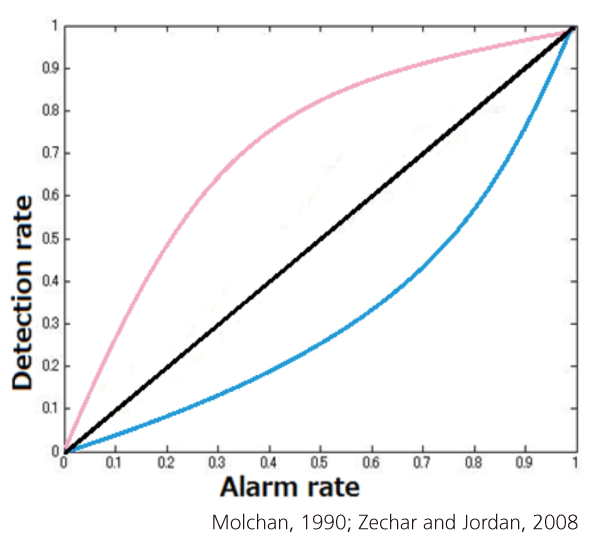An essential risk management tool for realizing a growth strategy that sees beyond any business continuity plan.
Short term earthquake forecasting prepares you for the inevitable.
___
What we can do for you
We’re entering our thirteenth year since we first started actual distribution of short-term earthquake forecast information and we continue to push for even better accuracy.
The ability to forecast earthquakes several days in advance affords people the opportunity to make necessary preparations while simultaneously maintaining a sense of urgency for improved crisis management and growth strategy.
Moreover, preparations in place mean a quicker recovery leading to the afore-mentioned real crisis management and growth strategy.
・Earthquake forecast is possible.
・Earthquake occurrence is forecast within 7 days.
・Forecast of earthquakes within 3 days is possible depending on observation equipment.In Japan, it is being conducted in the Tokyo metropolitan area.
・Observation methods use seismometers(Seismometers:High sensitive seismometer / Broadband seismometer / Metropolitan Seismic Observation network)
By employing an earthquake forecast system, industries will be able to expand their revenue and countries will be able to reduce their earthquake risk.
Looking Forward
It is our intention to strive for ever accurate earthquake forecasts in a multidisciplinary effort of those studying electromagnetism, seismology, vulcanology, meteorology and engineering, amongst other fields of studies, including statistics.
We continue our research in the hopes that we will be able to bring the people of the world facing the threat of earthquakes some peace of mind as we move forward.
With the Molchan’s Error Diagram (MED) approach, we evaluate our forecast results based on VLF subionospheric anomalies in this report.
The alarm rate is defined by as follow: the number of cell over Japan area is 2,811 (inside red line in attached PDF document) and we analyzed one year data (2013). So total analyzed area *days = 2811*365 = 1,026,015. The alarmed area *day is computed using individual alarms issued in 2013 and it was 81,516. Therefore,
the alarm rate (AR) is 81,516/1,026,015 = 0.0794.
The number of earthquakes with M>=5 in the target area (see PDF) is 107. Here, we define the success of forecasting as follows:
(1)Time: difference between -2 and +5 days
(2)Location: Within 50km (0.5 deg.) in latitude and longitude
(3)Magnitude: Forecasted M±0.5.
Then, the number of successfully forecasted earthquakes in time, location, and magnitude is 38. Thus,
the detection rate is about 38/107 = 0.355. The gain is 355/79.4 = 4.47.
※(M±0.3. 22/38)
We can conclude that the result is rather good.
Evaluation of efficiency of short-term forecast using Molchan’s error diagram
a: the number of successful predictions of EQs
b: the number of false alarms
c: the number of successful predictions
of non-occurrence
d: the number of missed EQ
The proportion of predicted EQs,
V=a / (a+d)
The proportion of alarmed cells,
T=(a+b) / (a+b+c+d)


